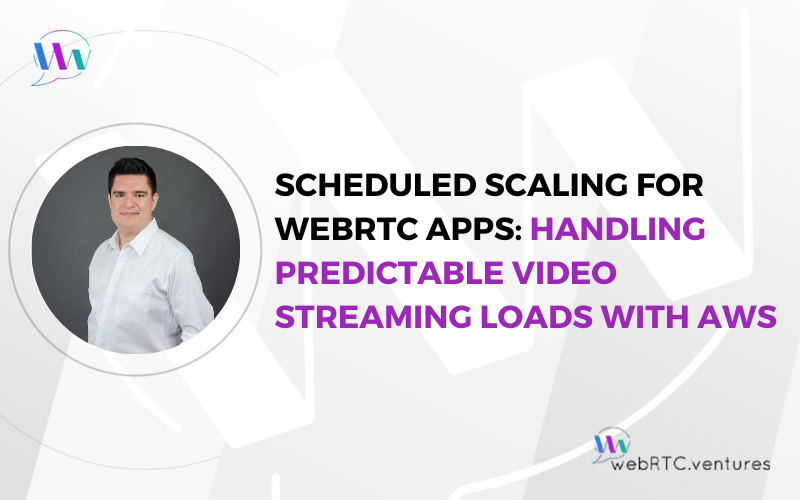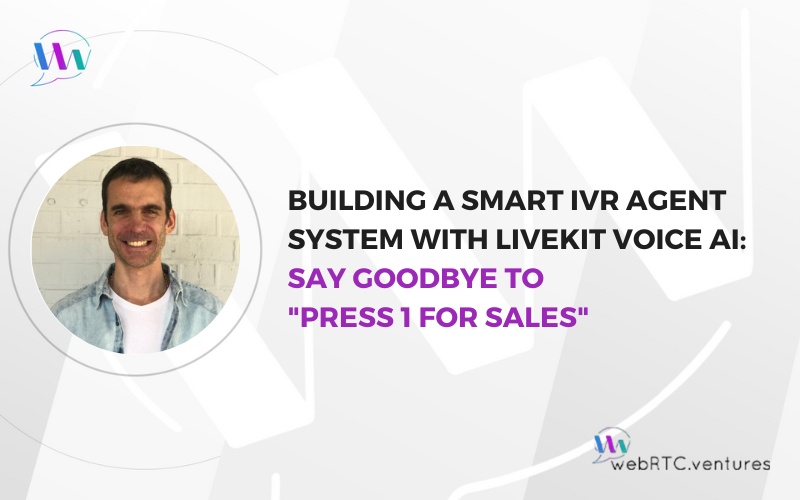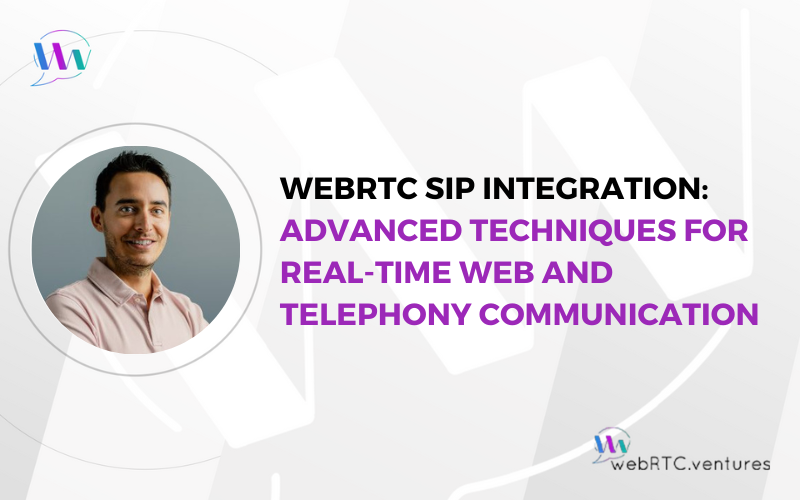Bringing WebRTC and SIP together is a powerful way to connect modern web applications with traditional phone systems. Whether you’re enabling voice and video in the browser, or linking your app to a PBX and SIP trunk, WebRTC SIP integration allows users to communicate across platforms without

Large Language Models (LLMs) have dominated conversations about AI integration in WebRTC, particularly when it comes to voice-based features like transcription, summarization, and intent detection. But there’s an emerging layer that many outside of research circles are missing: Vision Language Models (VLMs). Unlike LLMs, which work with

Real-time video communication applications face unique scalability challenges that can make or break the user experience. When thousands of users simultaneously join virtual classrooms, video conferences or other streaming video experiences, traditional autoscaling approaches often fall short. The key to managing predictable traffic spikes in WebRTC applications

The era of clunky, keypad-driven legacy IVR customer service systems that have long frustrated users is finally over. The future of Interactive Voice Response is truly conversational, and it’s ready for prime time. That’s why Deepgram’s State of Voice AI 2025 report says 84% of business leaders







